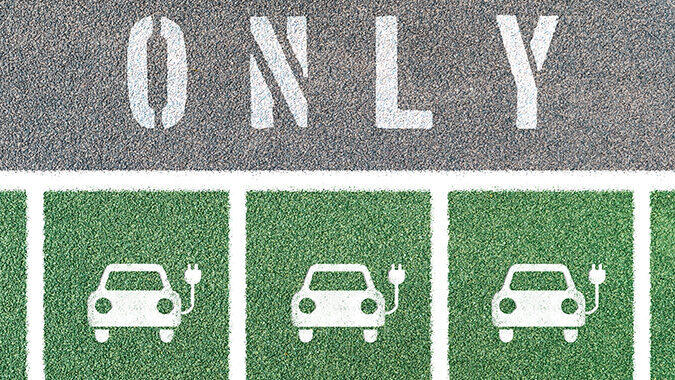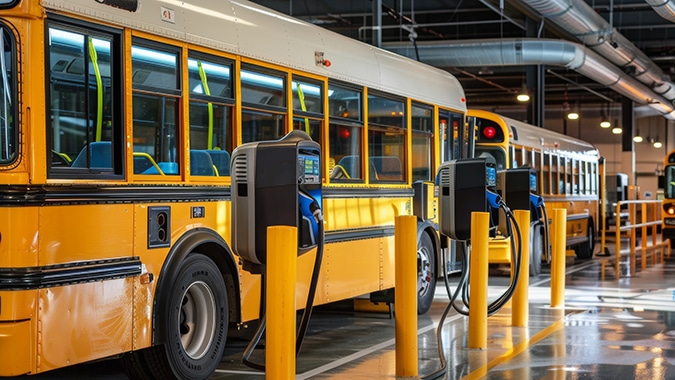The U.S. Environmental Protection Agency has finalized rules aimed at phasing out gasoline-powered cars and light trucks while boosting the percentage of zero-emission electric vehicles (EVs) on the road starting with the 2027 model year – a plan NJBIA says is unrealistic and will increase vehicle prices.
“We are disappointed that the EPA has adopted a rule that effectively is an EV mandate that is both unaffordable for most consumers and will lead to a disruption of the auto marketplace,” NJBIA Vice President of Government Affairs Ray Cantor said Thursday.
“We need more policies that promote flexibility in our vehicle choices and that provide more time to reduce carbon emissions from our transportation sector,” Cantor said. “We do not need mandates with artificial deadlines to purchase cars many people don’t want to buy.”
EPA says its rule will significantly reduce emissions of air pollutants that contribute to climate change and unhealthy air, but also acknowledges the new standards will increase the per-vehicle technology costs to auto manufacturers. According to the EPA, the added per vehicle cost will be about $1,200 for light-duty vehicles and $1,400 for medium-duty vehicles over the six-year average from model years 2027-2032.
Although there were 1.2 million electric vehicles sold in the U.S. last year, they represent just 7.6% of total car sales, which is far below the EPA’s target of having 56% of car sales be EVs by 2032. EV inventory growth is far outpacing electric vehicle sales, according to a study released last fall.
The final EPA rule is less stringent than the California Clean Cars II rule adopted by New Jersey, which completely bans the sale of gas-powered cars and light duty trucks by 2035. Although the EPA rule is technically not an outright ban, it only allows 28% of manufacturers’ fleets to be gasoline internal combustion engines if at least 56% of fleets are battery electric and 16% are plug-in hybrids.
The New Jersey rule, on the other hand, completely prohibits new gas-powered vehicles from being sold beginning in the 2035 model year. However, the impact will be felt much sooner, starting in the 2027 model year when 43% of new vehicle sales in New Jersey must be EVs.
“Both rules set unreachable targets,” Cantor said. “The cost of new vehicles will increase substantially and put car ownership beyond the financial reach of many people.”
NJBIA, which led a public campaign against New Jersey’s EV mandate last fall, also argues that the rule impractical because there are not enough EV charging stations yet on local roads and state highways to support such an expedited shift to EV ownership. Another issue is whether the electric grid has the capacity to handle the rapid shift from gasoline engines to rechargeable electric battery engines.
The EPA rule finalized on Wednesday is less stringent than the one it first proposed. The original rule would have required 67% of manufacturers’ fleets to be electric, rather than 56%. EPA considered feedback from automakers, parts suppliers, dealers and labor unions in deciding to lower the goal and allow more hybrid vehicles to be factored into the calculation.

